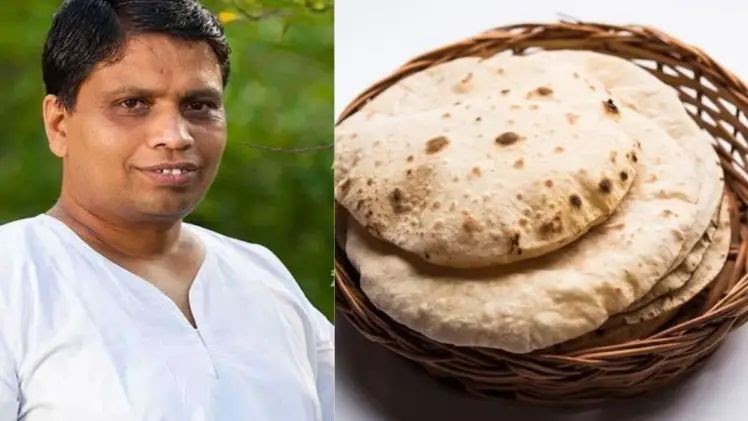Should or not apply ghee on roti: Ghee is an important part of Indian kitchen. It not only enhances the taste of food but is also considered beneficial for health. Especially desi ghee has been described as nectar in Ayurveda.
Now, ghee is most often used with roti. Most people eat roti with ghee applied on it. But is it right to do so? Often people have this question whether roti should be eaten with ghee applied on it or not. If you are also one of these people, then let us know the answer to this question from Acharya Balkrishna, head of Patanjali Yogpeeth.
What is the right way to eat roti?
In a video shared on his YouTube channel regarding the matter, Acharya Balkrishna says, Ghee is very beneficial for health. By eating ghee you get many benefits simultaneously. Especially the fatty acids, vitamins A, D, E and K present in it are essential for our body. But despite all the benefits, roti should not be eaten with ghee applied on it.
Why should this not be done?
According to Acharya Balkrishna, applying ghee on roti creates a layer, which can hinder digestion. This layer does not allow food to be digested properly, due to which you may have problems like gas, indigestion or heaviness. In such a situation, avoid applying ghee on roti. Apart from this, you can add ghee to whatever vegetable or pulses you are eating with roti. That is, add ghee to pulses and vegetables and eat roti with it, but do not apply ghee on the roti.
Acharya Balkrishna further explains, many people apply ghee on roti to make it soft. In such a situation, if your rotis become tight, you can add ghee to it while kneading the dough. By doing this the roti will remain soft and will also be easily digested. In this way you can consume ghee without harming your health.
Disclaimer: This content, including advice, provides general information only. It is in no way a substitute for qualified medical opinion. Always consult an expert or your doctor for more information. NH does not claim responsibility for this information.
